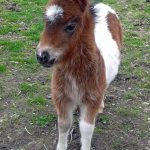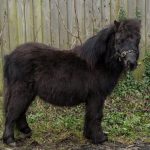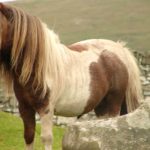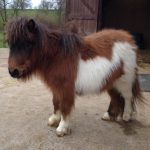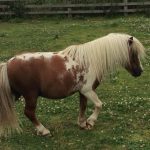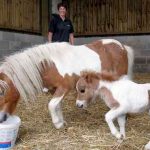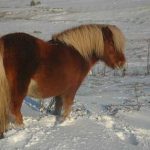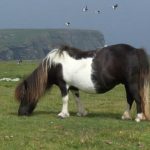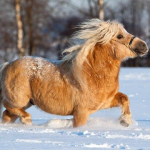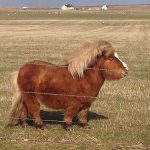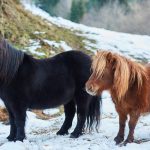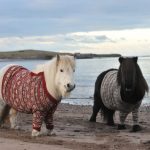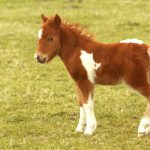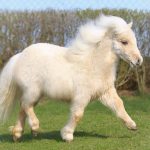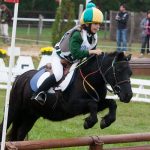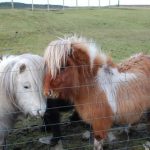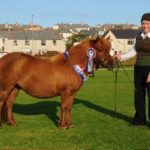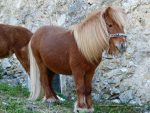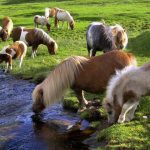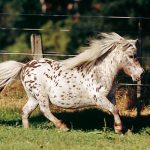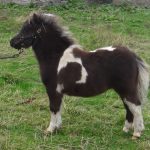Shetland Pony
The Shetland Pony is a breed of domestic miniature equines that are known for their thick, long mane and tail. Native to the ‘Shetland Isles’ of Scotland, this popular pet is the smallest of all the pony breeds, now found in many other countries. They are mostly used as pleasure mounts, and horses for children, but are also seen in show rings – both in harness riding as well as in hand.
Shetland Pony Pictures
- Baby Shetland Pony
- Black Shetland Pony
- Images of Shetland Ponies
- Mini Shetland Pony
- Miniature Shetland Ponies
- Newborn Shetland Pony
- Pics of Shetland Ponies
- Picture of a Shetland Pony
- Pictures of Shetland Pony
- Pony Shetland
- Shetland Pony
- Shetland Ponies
- Shetland Pony Foal
- Shetland Pony Images
- Shetland Pony Jumping
- Shetland Pony Pictures
- Shetland Pony Racing
- Shetland Pony Show
- Shetland Pony
- Shetland Ponys
- Spotted Shetland Pony
- The Shetland Pony
Quick Information
| Other Names | Shetland |
| Pronunciation | ‘Shett-lundPow-nee’ |
| Behavioral Characteristics/Qualities | Highly intelligent, lively, headstrong, independent, adaptable, affectionate |
| Physical Traits | Short body with a small but well-proportioned head, small and erect ears, dark eyes, and a well-set neck covered by dense, long-hanging mane; the shoulder is sloped, while the legs and feet are short but solid and tough ending in strong hooves (modern American subtypes are more refined) |
| Coat Colors | Black, bay, dun, roan, brown, chestnut, gray, brown and part-colored |
| Blood Type | Warm |
| Height/Size | Up to 11 hands (adult) (Registered individuals must not exceed 10.2 hands) |
| Weight | Light; 450 pounds |
| Lifespan/Life Expectancy | 30 years |
| Common Uses | Riding (especially children), dressage, show and pack purposes |
| Health Problems | Both foals and stallions/mares are sturdy, with no specific diseases |
| Type | Riding Pony, Show Pony, Guide Pony, Cart pony, Mining pony, Working Pony (both commercial and domestic) |
| Good For | Slightly experienced owners |
| Conservation Status | DOM |
| Ancestors (Bloodlines) | Uncertain |
| Popular Traits | Small size, multi-talented, good in jumping, adaptable, overall docile personality |
| Exercise Needs | Minimum |
| Care Requirements | Less |
| Trainability | Moderate |
| Diet/Feeding/Drinking | Normal equine diet including hay, grass, grains, etc. |
| Country of Origin | Shetland Isles (Scotland, UK) |
| Associations and Registries | The Shetland Pony Stud-Book Society (UK) American Shetland Pony Club (USA) |
Video: Children Racing Riding Shetland Ponies
History and Development
Many experts believe that the Shetland Ponies developed as a cross, more than a thousand years back, between the local stocks and the ones brought in to the island by the Viking settlers. Archeological excavations in the Shetland Islands, Scottland, have suggested that this equine has been inhabiting the region since at least the Bronze Age. These animals, however, did not leave behind any conclusive evidence about their exact origins.
Back in 1603, the ‘Court Books of Shetland’ was published, which is evidently the first documented record of the breed.Its adaptability to thrive in sparse pastures, as well as its short stature, strength, and hardiness, contributed to its ability to survive for centuries, withstanding the biting cold temperatures of the region.
Initially, the Shetland Ponies had been popular as pit pony for carrying loads in coal mines in both UK and USA – where a few of these animals were exported. They were also used for pulling plows, as well as for drawing peat and seaweed carts. In the latter years, it began to be used mostly as driving pony, and also for children to ride.
In 1890, the ‘Shetland Pony Stud Book Society’ was formed, making the Shetlands the foremost among the pony breeds to have a breed society dedicatedly for them. By the end of the 19th century, these equines spread throughout the United Kingdom, as well as began to be exported in other countries as well.
Interesting Facts
- Shetland Ponies are affectionately called ‘Scotland’s Little Giant’ by the natives of the island.
- Many riding schools use this little pony to train children in general horse riding, harness racing, etc.


